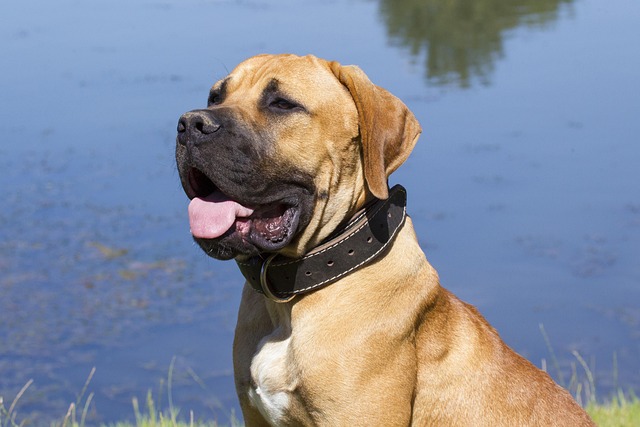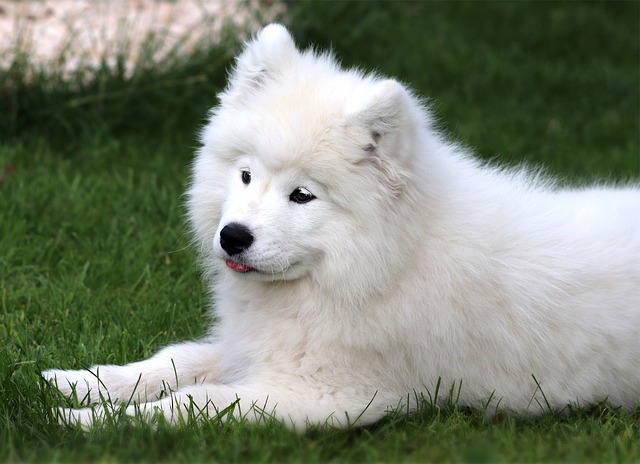
What are symptoms of parvo in dogs?
New puppy owners often worry about hidden health threats, and parvo is one that strikes fear into many hearts.
Dogs with kidney disease often struggle to stay hydrated, and that can make a tough situation even harder. Their bodies might not process fluids the way they should, leaving them tired, sluggish, or with dry gums. Keeping them comfortable at home means finding gentle, effective ways to get more liquids into their system—without turning mealtime into a battle.
Start with their food. Many dogs with kidney issues lose interest in drinking from a bowl, but mixing water into their meals can sneak in extra hydration. Warmed-up wet food works great here; adding a splash (or two) of low-sodium broth (check the label to make sure it’s safe for pups) can make it more appealing, encouraging them to lap up every bite. Some owners swear by ice cubes as a treat—small enough to crunch, they’re a fun way to add a little moisture, especially on warmer days. Just go slow; sudden changes to their diet, even with liquids, should align with what your vet recommends, as some kidney diets have strict guidelines.
Location matters, too. Place water bowls in spots they frequent—near their bed, by the couch where they nap, or even in a few rooms around the house. Elevated bowls might be easier for older dogs to reach, and shallow dishes can feel less intimidating than deep ones. Some pups prefer running water, so a pet fountain could spark their interest; the gentle flow might make drinking feel more like a game than a chore. Keeping the water fresh is key—no one likes sipping stale water, and that goes double for a dog feeling under the weather.
 Pay attention to the little signs. Dry, sticky gums or sunken eyes are red flags that they’re not getting enough. If they’re refusing to drink at all, try a syringe (without the needle, of course) to squirt small amounts of water into the side of their mouth. Go slowly, letting them swallow between sips—this should never feel forced. It’s a temporary fix, though; always check in with your vet if hydration becomes a consistent struggle. They might suggest subcutaneous fluids, but that’s a step best guided by a professional.
Pay attention to the little signs. Dry, sticky gums or sunken eyes are red flags that they’re not getting enough. If they’re refusing to drink at all, try a syringe (without the needle, of course) to squirt small amounts of water into the side of their mouth. Go slowly, letting them swallow between sips—this should never feel forced. It’s a temporary fix, though; always check in with your vet if hydration becomes a consistent struggle. They might suggest subcutaneous fluids, but that’s a step best guided by a professional.
Timing is part of the rhythm. Offer water after short walks (keeping exercise light, as kidney disease can make them tire easily) or after they’ve eaten. Some dogs drink more when they’re relaxed, so sitting with them while they lap from their bowl—talking softly or giving a gentle pat—can help them feel at ease. Avoid overdoing it right before bed, though; too much liquid might disrupt their sleep with frequent bathroom trips, which can be hard on their already taxed kidneys.
Remember, every dog is different. What works for one might not for another, and that’s okay. Keeping a small journal to note when they drink, how much, and any changes in their behavior can help you and your vet adjust their care. It’s not about perfection—some days they’ll drink more than others, and that’s part of the process.
Helping your dog stay hydrated is one of the kindest things you can do for them when they’re dealing with kidney disease. It’s in the extra splash in their food, the fresh bowl set out by their favorite spot, the patience to try again when they turn away. Those small efforts add up to comfort, and comfort goes a long way toward keeping that spark in their eyes bright.

New puppy owners often worry about hidden health threats, and parvo is one that strikes fear into many hearts.

Raising a German Shepherd means prioritizing their unique health needs—from their muscular frame to their tendency for hip and joint issues.

If you’ve noticed a red, itchy rash on your arms or legs shortly after bringing home your new dog, you’re probably wondering: Did my pup cause this?

You might’ve noticed your usually energetic pup suddenly curling up on the couch all day, or turning their nose up at their favorite kibble—and wondered if something’s wrong.

Watching your dog scratch until their skin bleeds, sneeze repeatedly, or vomit after meals is heartbreaking—especially when you’re not sure what’s causing their discomfort.

Watching your senior dog slow down is a natural part of life, but it can be heartbreakingly difficult to distinguish between normal aging and signs that they are actually in pain.